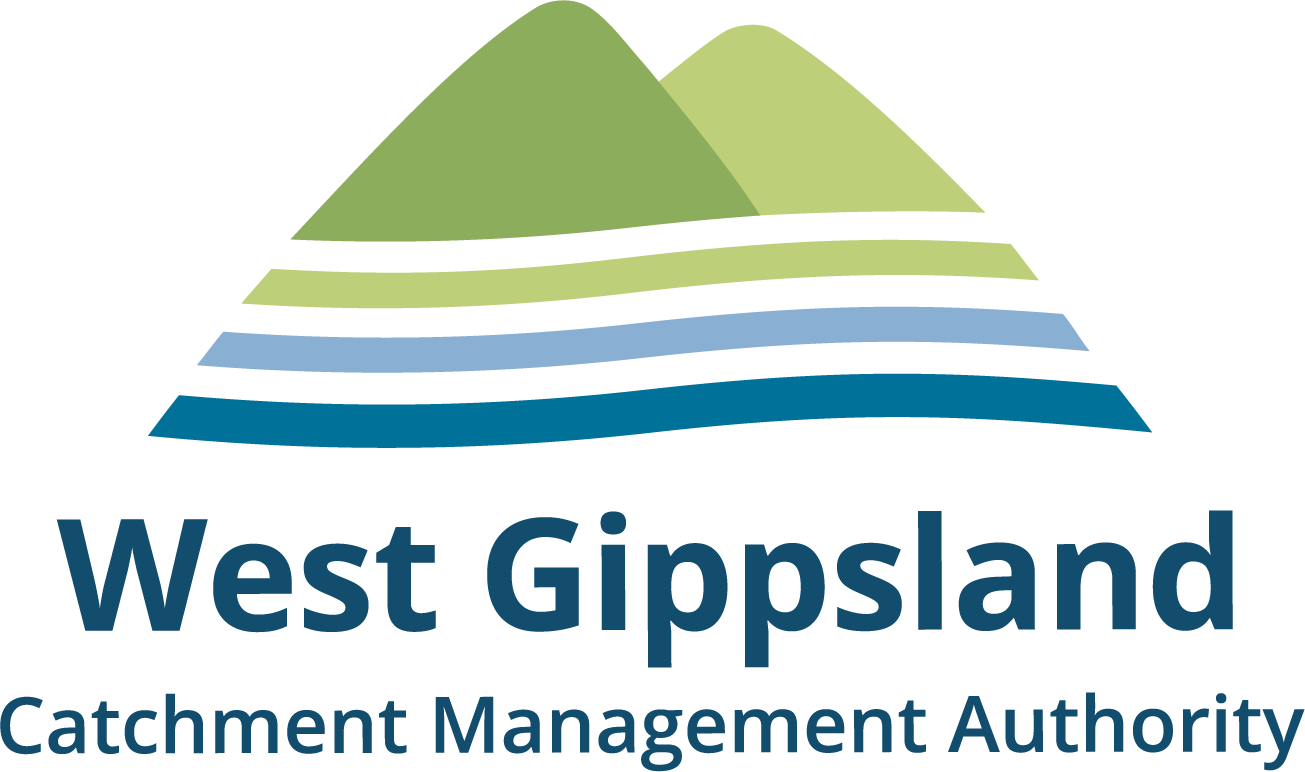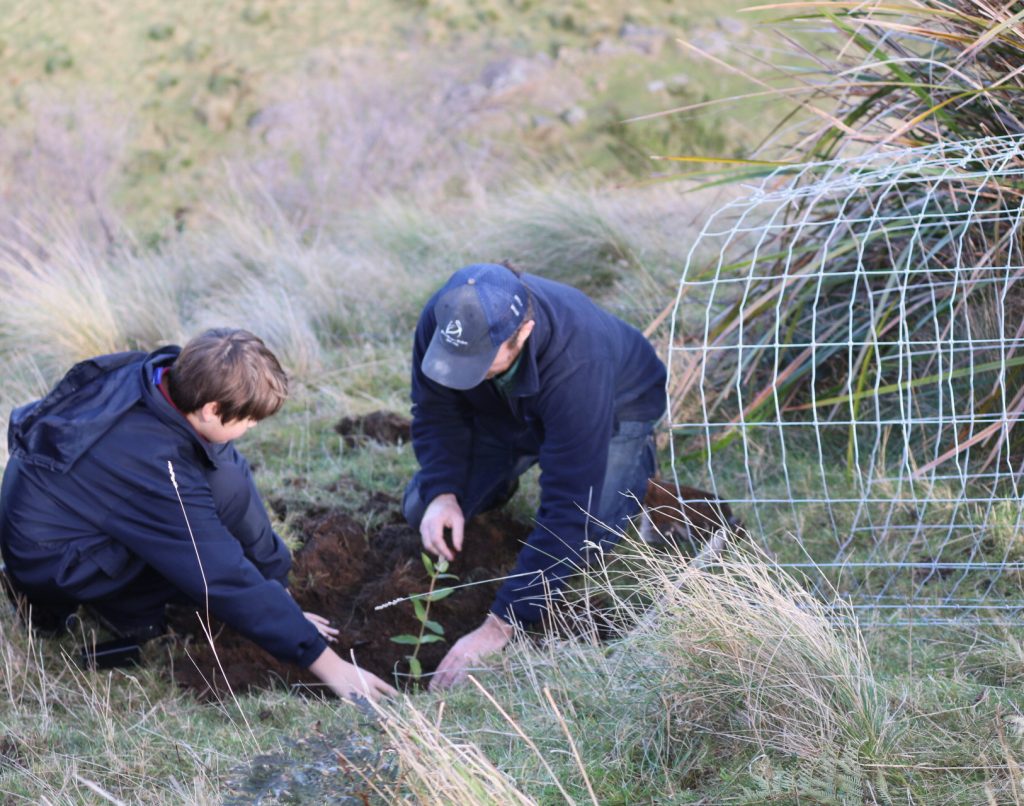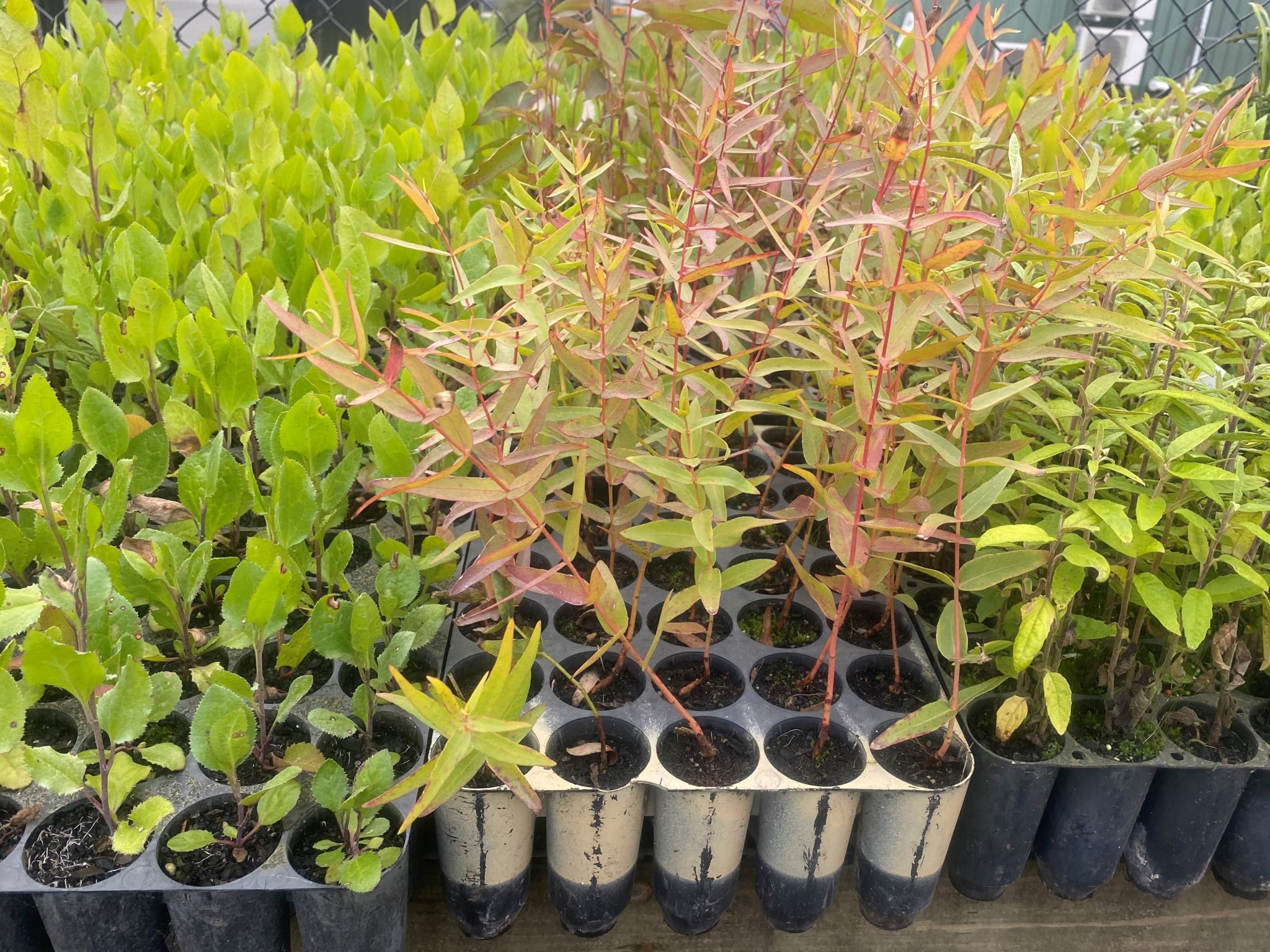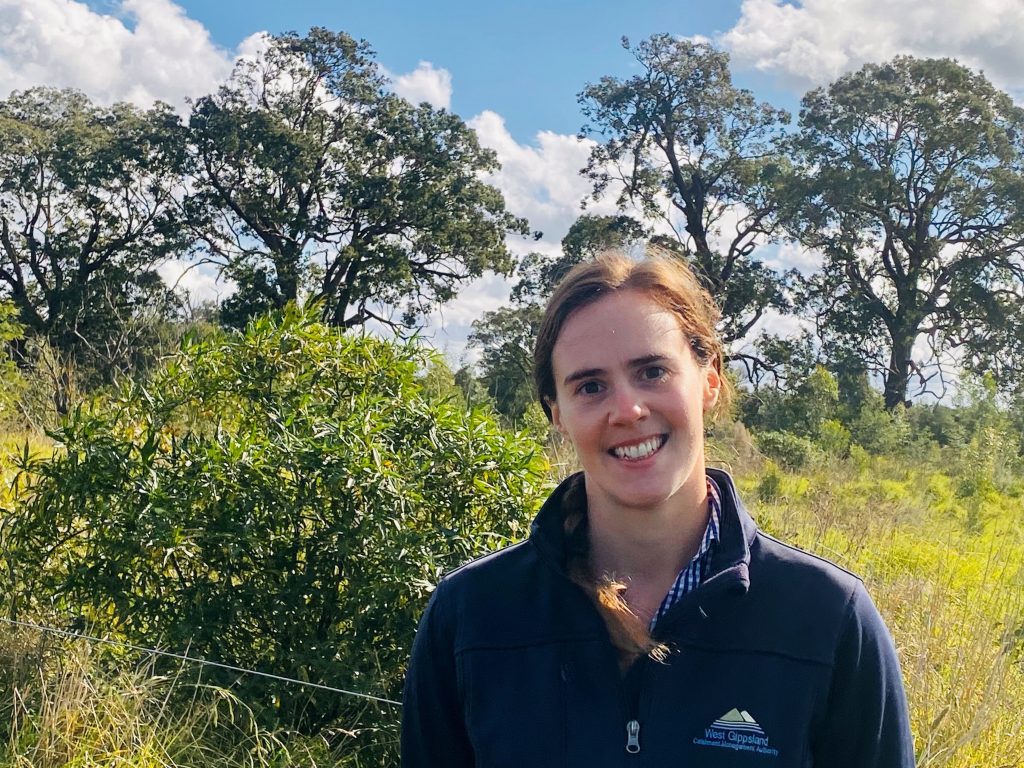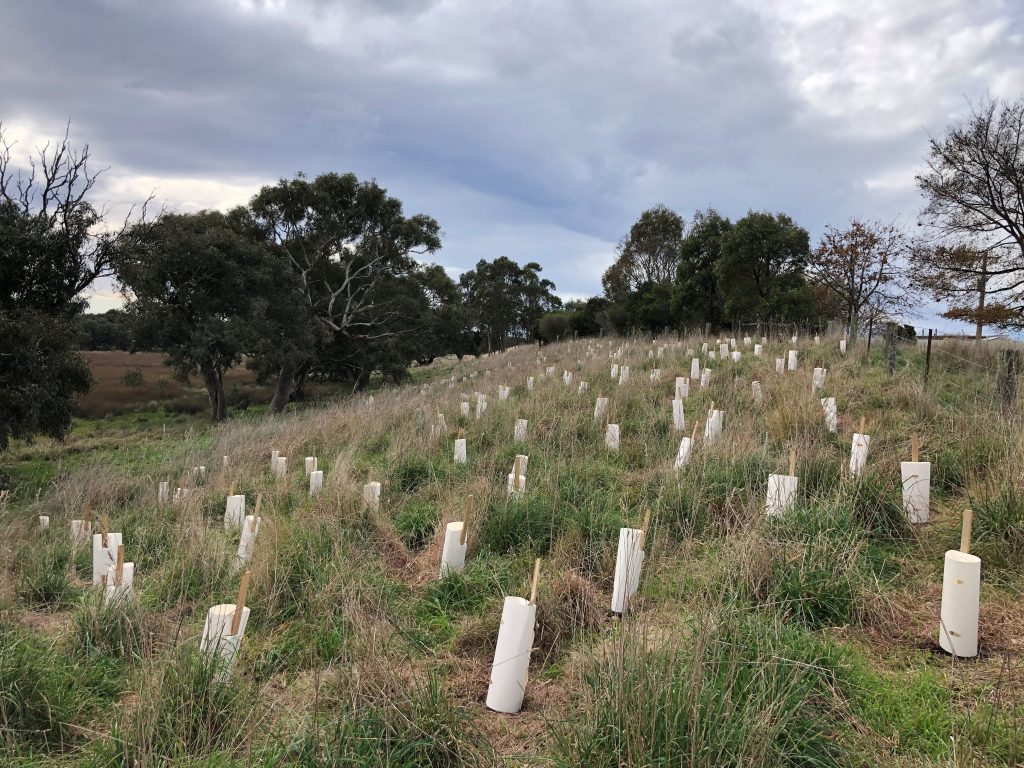It’s National Tree Day this Sunday, 31 July and it’s also planting season for West Gippsland Catchment Management Authority (WGCMA). Over 60,000 seedlings are ready to plant and play their important role in flood recovery and catchment health across the region.
Grown in local nurseries, the trees will be used at a variety of project sites across West Gippsland. Over 40 indigenous species make up the mix including gums such as Mountain Grey, Southern Blue, Swamp Strzelecki, Manna, Swamp, Gippsland Red, River Red, Blue Box, Yellow Box and River Peppermint along with Swamp Paperbarks, Blackwood and a variety of shrubs and ground covers.
Trees upstream improve water quality
At the east of the catchment, Richard Allen, WGCMA’s Project Delivery Coordinator is leading the plantings and said: “Planting out the areas next to waterways marks the last step in river restoration. It usually follows fencing and weed removal, and provides stability for riverbanks, habitat for wildlife and improves water quality downstream.”
This is significant as the creeks and rivers to be planted over coming months flow into important waterways such as Corner Inlet. The WGCMA has just completed 1.9 kilometres of fencing along Lamont Creek – a tributary that flows into the Agnes River near Toora and on into the internationally acclaimed Corner Inlet.
Funded by the Australian Government’s Fisheries Habitat Restoration Program, the recent works were undertaken in partnership with the landholder and link up 1.6 kilometres of fencing previously completed by the WGCMA.
Matt Bowler, Project Delivery Manager for WGCMA said: “It may seem unusual that works on a tributary are part of a Fisheries Habitat Restoration, but catchments are connected and protecting areas upstream improve water quality along the whole river course and into the sea. “These latest works are part of a larger project to fence off a total of 75 hectares of saltmarsh, mangrove and swamp scrub habitat adjoining the Corner Inlet Ramsar site – a haven for birds, fish and other wildlife.”
“Once complete, the program will restore six hectares of seagrass and protect 12 hectares of rivers using a whole of catchment approach – showing works that happen upstream on the land flow down to benefit the sea through improved water quality and increased habitat for fish.”
“This latest section of river to be fenced, and planted builds on existing work in the catchment and forms part of the bigger picture to protect and fence the Agnes in its entirety and contribute to the continuity of the tributaries.”
“Positive steps such as this upstream flow downstream into the Agnes and then on into Corner Inlet,” said Matt, “it also proves the power of partnerships as we work along waterways – we can’t do it alone.”
Trees also the key to flood recovery
At the northern end of the catchment, Project Delivery Coordinator, Delivery Coordinator, Elsa Burnell is busy working with landholders and partners Gunaikurnai Land and Waters Aboriginal Corporation (GLaWAC) to revegetate sites where flood recovery works have been undertaken, willows removed and to enhance and restore wetlands.
“All the works we do such as bank stabilisation, weed removal and fencing is preparation for putting plants in the ground – it’s the culmination of the project. Trees and shrubs provide the essential last step in flood recovery acting like the reo in concrete to stabilise banks and to slow the water down in future flooding events”, says Elsa.
One planting site is on private land along the Rainbow Creek near Cowwarr. Works on this potential avulsion (where a waterway creates a new path in times of flood) site are part of the EC5 funded Mid-Thomson River Flagship Waterway project that seeks to address the risk of avulsion across the agricultural land between the Thomson River and Rainbow Creek. Fencing and earthworks have been undertaken to armour the banks, slow the water, stabilise the soil and stop erosion. Planting 4,500 trees will be the last stage of works to protect the area for the future.
“Everything you do leads to the planting – it’s the long term legacy,” concluded Elsa.
Established in 1996, National Tree Day has grown into Australia’s largest community tree planting and nature care event. The program is a call to action for all Australians to get their hands dirty and give back to their community.
These projects are supported by the West Gippsland CMA, through funding from the Australian Government’s National Landcare and Fisheries Habitat Restoration Programs, and Victorian Government’s EC5 funding.
